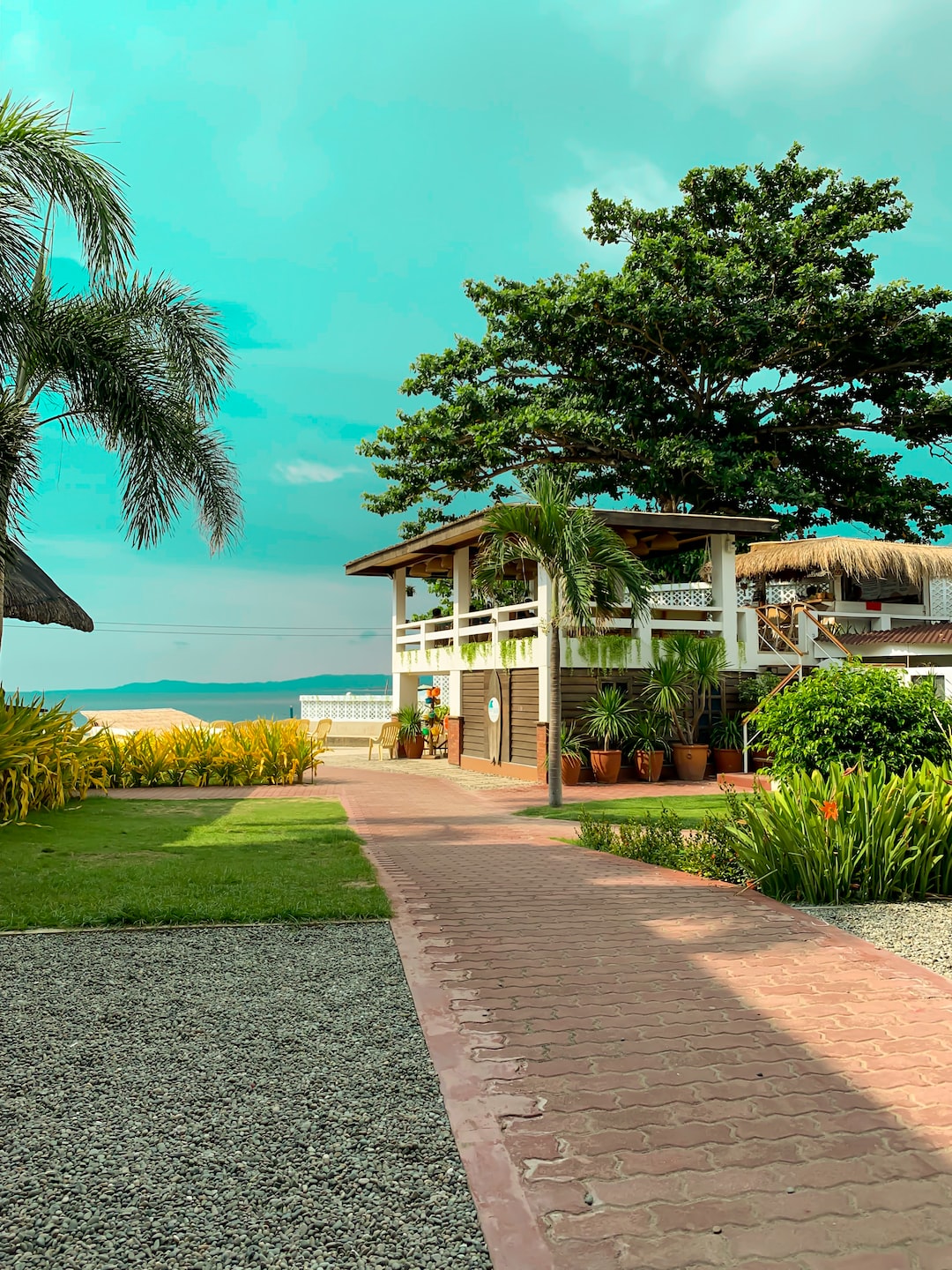Creating a Butterfly Garden: Plant Selection and Design Ideas
Butterflies are not only beautiful to look at, but they also play a crucial role in pollination. By creating a butterfly garden in your backyard, you can not only enjoy their presence but also contribute to the ecological balance. In this article, we will explore plant selection and design ideas for creating a vibrant butterfly garden.
Plant selection is the key element of a successful butterfly garden. Butterflies are attracted to specific types of plants known as nectar plants. These plants provide the necessary nectar that butterflies need for survival. Some popular nectar plants for butterflies include butterfly bush, milkweed, cone flowers, and black-eyed Susans. Planting a variety of nectar plants with different blooming periods ensures a continuous food source for butterflies throughout the seasons.
In addition to nectar plants, host plants are equally important in a butterfly garden. Host plants are the plants on which butterflies lay their eggs, and the caterpillars feed on them when they hatch. For example, monarch butterflies need milkweed as a host plant, so having a few milkweed plants in your garden will attract these beautiful butterflies. Research the types of butterflies native to your area and include their corresponding host plants to provide a suitable environment for them to thrive.
When designing your butterfly garden, create a landscape that provides shelter and protection for butterflies. Planting a mix of tall grasses and shrubs can create a windbreak and offer them a safe haven during strong winds. Additionally, including a few large rocks or a small butterfly house can provide resting spots and shelter during harsh weather conditions.
To make your butterfly garden even more inviting, consider incorporating elements such as a shallow water source. Butterflies need a place to drink water and bask in the sun. You can create a simple butterfly puddling area by placing a shallow dish with pebbles and water in a sunny spot. Make sure to maintain the water level to ensure accessibility for butterflies.
When planning the layout, arrange the plants in clusters rather than scattering them in different areas of your garden. Clusters of plants create visual appeal and make it easier for butterflies to locate food sources. Additionally, group plants that attract similar butterflies together to enhance their visibility.
Lastly, it’s important to avoid using pesticides in your butterfly garden, as they can harm these delicate creatures. Instead, opt for natural pest control methods, such as companion planting and handpicking pests.
In conclusion, creating a butterfly garden is a beautiful and rewarding way to contribute to nature. By carefully selecting nectar and host plants, designing a landscape that provides shelter, and incorporating additional elements, you can attract a wide variety of butterflies to your garden. Remember to avoid pesticides and provide a safe haven for these magnificent creatures. Enjoy the beauty and wonder of butterflies as they grace your garden with their vibrant presence.

